[2025] A must-read for anyone planning to climb Mount Fuji! 8 things you should know before climbing Fuji
![[2025] A must-read for anyone planning to climb Mount Fuji! 8 things you should know before climbing Fuji](https://resources.matcha-jp.com/resize/720x2000/2023/06/01-138820.webp)
Mt. Mount Fuji is one of Japan's most famous mountains. Every year, many tourists from both Japan and overseas visit Lake Kawaguchiko to see Mount Fuji . In this article, we will introduce what you need to know to actually climb Mount Fuji. Please come and experience the beauty of the scenery from the top of Fuji.
-
Table of Contents
- When can I climb Mount Fuji?
- When is the best season to climb Fuji?
- A safe Fuji route for beginners
- Preparation for climbing Fuji 1 - What to bring (equipment) and what to wear -
- Preparation for climbing Fuji 2 - Making a climbing plan -
- Preparation for climbing Fuji 3 - [Must read for 2025!] Make a reservation if you are going to use the Yoshida Route
- Preparation for climbing Fuji 4 -Checking access methods-
- 8.Things that are forbidden when climbing Fuji
- After climbing Fuji, soothe your fatigue in a hot spring! Fuji Chobo no Yu Yurari Onsen
- After climbing Fuji, enjoy a relaxing stay and sightseeing at the Fuji Five Lakes! Fuji Midori no Kyukamura
When can I climb Mount Fuji?
![[2025] A must-read for anyone planning to climb Mount Fuji! 8 things you should know before climbing Fuji](https://resources.matcha-jp.com/resize/720x2000/2023/06/01-138821.webp)
When you think of Mount Fuji, you probably imagine a snow-capped Mount Fuji, right?
As you can see from afar in winter (December to March), Mount Fuji is covered in snow from the summit, so climbing is not possible all year round. Climbing in winter is very dangerous for beginners and advanced climbers alike. Also, while there are many mountain huts and toilets during the Fuji climbing season from July to September, they are closed outside of that period, so you will need to bring your own means of rest and portable toilets. Climbing outside of the season and in winter is very dangerous, so please refrain from doing so.
When is the best season to climb Fuji?
![[2025] A must-read for anyone planning to climb Mount Fuji! 8 things you should know before climbing Fuji](https://resources.matcha-jp.com/resize/720x2000/2023/06/01-138822.webp)
The dates for the mountain opening, when the climbing trails for climbing Mount Fuji are different on the Yamanashi Prefecture side and the Shizuoka Prefecture side. The opening dates for the four routes of Mount Fuji are usually July 1st on the Yamanashi Prefecture side (Yoshida Route) and July 10th on the Shizuoka Prefecture side (Fujinomiya Route, Subashiri Route, Gotemba Route), and the closing date is September 10th for all routes.
The best time to climb Fuji is from late July to late August. If you're going to climb Mount Fuji, you'll want to enjoy the sunrise and the magnificent view below. Early July, when the mountain has just opened, is still the rainy season, so even if you manage to climb, you may not be able to see the magnificent view from the summit due to the rain. However, after the rainy season ends, on weekends and during Obon, the mountain becomes very crowded with many climbers. It is also famous for the fact that the shape of the mountain trail is clearly visible at night due to the climbers' lights. If your schedule allows, we recommend climbing on a weekday and avoiding weekends and Obon.
![[2025] A must-read for anyone planning to climb Mount Fuji! 8 things you should know before climbing Fuji](https://resources.matcha-jp.com/resize/720x2000/2023/06/01-138824.webp)
Also, bullet climbing, which is climbing Mt. Fuji in one go overnight, is dangerous. Many climbers end up in poor health because they aim for a high peak without getting enough rest. Climbing at night when fatigued also increases the risk of accidents, so be sure to plan a safe itinerary before attempting to climb Fuji!
A safe Fuji route for beginners
![[2025] A must-read for anyone planning to climb Mount Fuji! 8 things you should know before climbing Fuji](https://resources.matcha-jp.com/resize/720x2000/2023/06/01-138828.webp)
There are four different climbing routes on Mount Fuji, and the recommended route varies depending on the level and experience of the climber. The recommended route for first-time Fuji is the Yoshida Route on the Yamanashi Prefecture side. The Yoshida Route starts from the Fuji Subaru Line Fifth Station and usually takes about six hours to reach the summit. Compared to other climbing routes, there are many mountain huts and it is easy to take a rest, so it is a safe route. In addition, the Fuji Subaru Line Fifth Station has a Toyotomi of shops and restaurants related to Mount Fuji , and is crowded with many tourists. For beginners, you can enjoy just visiting the Fifth Station without climbing Mount Fuji!
Preparation for climbing Fuji 1 - What to bring (equipment) and what to wear -
What to bring
![[2025] A must-read for anyone planning to climb Mount Fuji! 8 things you should know before climbing Fuji](https://resources.matcha-jp.com/resize/720x2000/2023/06/01-138826.webp)
We often see tourists from overseas climbing the mountain in light clothing, but Mount Fuji has an elevation of 3,776 meters. The temperature at the summit is around 0 degrees even in summer, and it can drop below freezing at night and at dawn before the sunrise. Make sure you are well prepared with your clothes and belongings before attempting to climb Fuji.
First, we will introduce the necessary equipment and belongings for climbing Mt. Fuji. Be sure to bring a sturdy backpack so that you don't have to carry your luggage in both hands. Since the weather on Mount Fuji can change suddenly, it is a good idea to bring something waterproof and a backpack cover.
Dress Code
![[2025] A must-read for anyone planning to climb Mount Fuji! 8 things you should know before climbing Fuji](https://resources.matcha-jp.com/resize/720x2000/2023/06/01-138827.webp)
As the altitude increases on Mount Fuji, the temperature drops, so dress in layers, starting with a thin, quick-drying undershirt, a long-sleeved shirt, and cold weather clothing such as a fleece that opens at the front and is easy to put on and take off. If you are waiting to see the sunrise at the peak, it is a good idea to bring a thin down jacket and gloves. For shoes, high-cut hiking or trekking shoes that cover the ankles will prevent gravel from getting in and will help prevent injury. If you buy new shoes, wear them several times beforehand to get used to them, and wearing thick, cushioned socks will help prevent blisters.
■Footwear: Hiking boots or trekking shoes *Sneakers and sandals are not permitted!
■Rain gear: Joge separate type rain gear
■ Clothing: The summit can drop below 0°C even in summer, so be sure to bring warm clothing such as a down jacket and gloves.
■Water: It is important to drink plenty of water to prevent Takayama.
■Other: Garbage bags, cash (as many mountain huts do not accept cards), snacks, etc.
If you find it difficult to prepare everything, you can also rent a set for climbing Mount Fuji !
Sora no Shita: https://www.soranoshita.net/fuji-climbing/
La Mont: https://lamont.jp/item/
Mountain equipment rental shop: https://www.yamarent.com/
Preparation for climbing Fuji 2 - Making a climbing plan -
![[2025] A must-read for anyone planning to climb Mount Fuji! 8 things you should know before climbing Fuji](https://resources.matcha-jp.com/resize/720x2000/2023/06/01-138829.webp)
There are three routes to Mount Fuji : the Yoshida Route on the Yamanashi Prefecture side, the Fujinomiya Shizuoka Prefecture , the Gotemba Route, and the Subashiri Route on the Yamanashi Prefecture side. Your plan will change depending on which Yamaguchi you choose to climb from. The Yoshida Route on the Yamanashi side is easily accessible from Tokyo and Kanagawa, and has many mountain huts and first aid stations, so even beginners can climb Fuji with peace of mind. This is a popular route used by 60% of all Fuji climbers, so the key to climbing is to avoid crowded weekends and consecutive holidays as much as possible. Be sure to check the weather forecast carefully, and postpone if rain or bad weather is expected. To reach the summit of Mount Fuji, we recommend a two- Tomari, one-night plan using a mountain hut. Mountain huts may not be accessible even if you arrive at night, so be sure to check the opening hours before using them. During busy times, you may not be able to stay without a reservation, so it's a good idea to check whether a reservation is required.
Preparation for climbing Fuji 3 - [Must read for 2025!] Make a reservation if you are going to use the Yoshida Route
![[2025] A must-read for anyone planning to climb Mount Fuji! 8 things you should know before climbing Fuji](https://resources.matcha-jp.com/resize/720x2000/2024/05/28-181798.webp)
Following on from last year, climbing restrictions will be put into place again in 2025 on the Yoshida Route on the Yamanashi Prefecture side (July 1st to September 10th) to prevent whirlwind climbs and overcrowding.
As a result, the entrance gate to the hiking trail at the fifth station will be closed between 2:00 p.m. and 3:00 a.m. the following morning, and hiking will not be possible.
Also, if the number of climbers on a single day reaches 4,000, access will be restricted and climbing will not be possible. Access can be reserved with advance payment, so it is safer to make a reservation in advance (toll fee 4,000 yen).
■ Toll: 4,000 yen/person (1 time)
In addition, starting in 2025, restrictions will be put in place on the mountain trails on the Shizuoka side (Fujinomiya Trail, Gotemba Trail, and Subashiri Trail), and visitors will be required to complete an e-learning course in advance and pay a toll of 4,000 yen.
Be sure to make a reservation for a mountain hut in addition to your mountain climbing reservation!
Preparation for climbing Fuji 4 -Checking access methods-
[For those coming by car]
![[2025] A must-read for anyone planning to climb Mount Fuji! 8 things you should know before climbing Fuji](https://resources.matcha-jp.com/resize/720x2000/2023/06/01-138834.webp)
During the Fuji climbing season, restrictions on private cars will be implemented on the Yoshida, Fujinomiya and Subashiri routes, so except for some vehicles, private cars will not be allowed to go all the way to the 5th station of Mount Fuji. During the restrictions on private cars, transfer to the shuttle bus (paid) to the 5th station of Mount Fuji at the parking lot at the foot of the mountain. During the restrictions on private cars, the transfer parking lot for those using the Yoshida route is "Fujisan Parking."
Parking fee: 1,000 yen per car (Shuttle bus fee not included)
■ Private car restriction period: From Friday, July 4, 2025 at 18:00 to Wednesday, September 10, 2025 at 18:00
--------------------------------------------------------------------------------------------------------------------------------
Shuttle bus round trip fare (Fujisan Parking ⇔ Mount Fuji 5th Station): Adults 2,500 yen, Children (elementary school students and younger) half price *Fares for 2025 are yet to be determined
Shuttle bus operation period: July 15th (Sat) - September 10th (Sun) 2023 *As of May 2024, undecided
However, EVs (electric vehicles) and FCVs (fuel cell vehicles) are not eligible, but you must have an "Electric Vehicle Verification Certificate" issued at Fujisan Parking in advance. A vehicle inspection certificate is required to issue the certificate.
[For those using public transportation]
![[2025] A must-read for anyone planning to climb Mount Fuji! 8 things you should know before climbing Fuji](https://resources.matcha-jp.com/resize/720x2000/2023/06/01-138831.webp)
If you are coming by bus or train instead of by car, please take the Fuji Subaru Line bus bound for Fifth Station from Mount Fuji Station or Kawaguchiko Sta. .
Regular round trip fare: Adults 2,800 yen, Children 1,400 yen (One way: Adults 1,780 yen, Children 890 yen) *2025 round trip fare is yet to be determined
Fuji North Foot Parking Lot "Fujisan Parking "
![[2025] A must-read for anyone planning to climb Mount Fuji! 8 things you should know before climbing Fuji](https://resources.matcha-jp.com/resize/720x2000/2023/06/01-138832.webp)
During the private car restriction period, you will need to transfer to a mountain bus bound for Mount Fuji 5th Station from "Mt. Fujisan Parking(formerly Fuji Hokuroku Parking)". The parking lot can accommodate 1,400 cars, but it may be full during the Obon holidays and long weekends, so if you are planning to climb Fuji on a busy day, we recommend that you allow yourself plenty of time. You can check the weather in real time from the live camera at the 5th Station of Mount Fuji, so be sure to check the weather before transferring to the shuttle bus.
![[2025] A must-read for anyone planning to climb Mount Fuji! 8 things you should know before climbing Fuji](https://resources.matcha-jp.com/resize/720x2000/2023/06/01-138833.webp)
There is also a tourist information centre within the Fujisan Parking, making it the perfect place to gather information on leisure and tourist activities around Mount Fuji, as well as hot springs and accommodations you might want to stop by after descending the mountain.
8.Things that are forbidden when climbing Fuji
![[2025] A must-read for anyone planning to climb Mount Fuji! 8 things you should know before climbing Fuji](https://resources.matcha-jp.com/resize/720x2000/2023/06/01-138835.webp)
The Fuji Hakone Izu Kunitachi Park area, where Mount Fuji is located, is home to many natural monuments and historical sites, and restrictions are in place to protect these precious natural and historical resources. In particular, the area above the fifth station of Mount Fuji has been designated a "specially protected area" and is subject to stricter restrictions.
If you commit any of the acts listed below in a special protection area, you may be subject to penalties of up to five years in prison or a fine of up to 1 million yen.
[Prohibited matters]
1. Collecting plants and animals is prohibited
2. No lava or rocks allowed to be taken out
3. No graffiti
4. Tents and bonfires are prohibited
5. Pets are not allowed to roam freely.
6. Bullet Climbing
7. Don't throw away trash, take it home with you
Fuji climbing related sites
After climbing Fuji, soothe your fatigue in a hot spring! Fuji Chobo no Yu Yurari Onsen
![[2025] A must-read for anyone planning to climb Mount Fuji! 8 things you should know before climbing Fuji](https://resources.matcha-jp.com/resize/720x2000/2024/05/28-181802.webp)
Fuji Chobo no Yu Yurari Onsen is a day-trip hot spring facility that offers a total of 16 types of baths, including two open-air baths with outstanding views of Mount Fuji, as well as carbonated springs and cave baths.
After enjoying the Fuji, relax in the bath while gazing at the Mount Fuji you just climbed.
After climbing Fuji, enjoy a relaxing stay and sightseeing at the Fuji Five Lakes! Fuji Midori no Kyukamura
![[2025] A must-read for anyone planning to climb Mount Fuji! 8 things you should know before climbing Fuji](https://resources.matcha-jp.com/resize/720x2000/2024/05/28-181803.webp)
Fuji Midori no Kyuka Mura is a large accommodation facility adjacent to the Fuji Chobo no Yu Yurari Onsen. If you want to enjoy both climbing Mt. Fuji and sightseeing around the Fuji Five Lakes, be sure to stay at Fuji Midori no Kyuka Mura!
We will provide fascinating information about the northern foothills of Mount Fuji in Yamanashi Prefecture, including Japan's world-renowned symbol, Mount Fuji, and Mount Fuji Component Parts of World Heritage . The Fuji Five Lakes region, located at the Mount Fuji in Yamanashi Prefecture , is located on the north side of Mount Fuji and is a region rich in nature, including lakes such as Lake Motosuko , Lake Saiko Lake Shojiko , Lake Kawaguchiko, Lake Kawaguchi, and Lake Yamanakako . A total of 25 sites are registered as Component Parts of World Heritage of the World Heritage Site Mount Fuji , including historic shrines such as Kitaguchi Hongu Fuji Sengen-jinja Shrine, Kawaguchi Asama-jinja Shrine, and Fuji Omuro Sengen Fuji Omuro Sengen-jinja Shrine , as well as Component Parts of World Heritage on the Shizuoka side such as the natural monument Oshino Hakkai. The foot of Mount Fuji, which is visited by many tourists, is home to many tourist spots such as Arakurayama Sengen Park, where you can enjoy the combination of Mt. Mount Fuji, cherry blossoms, and the five-story pagoda "Chureito" in spring, Oishi Park, which is the main venue for the Kawaguchiko Herb Festival in summer, the Lake Kawaguchiko Momiji Corridor, where you can view Mount Fuji Mount Fuji and autumn leaves in autumn, and Fujiten Snow Resort, where you can enjoy skiing and snowboarding with the spectacular Mt. Fuji right in front of you in winter. In recent years, an increasing number of people are enjoying activities such as trekking, cycling, and camping in the natural surroundings of Mount Fuji . Our company is based in Lake Kawaguchiko , in the northern foothills of Fuji , and operates Fuji Subaru Land, a theme park that makes use of the natural beauty of Mount Fuji Mount Fuji ; Fujizakura Heights Beer, the world's best craft beer made using Fujizakura Life Water, a natural spring from Mount Fuji; Fuji Chobo no Yu Yurari Onsen is pumped up from 1,000 meters underground at the foot of Mount Mount Fuji; and Fujiten Snow Resort, where you can enjoy skiing, snowboarding, and other snow activities in front of the dynamic Mount Fuji. We will clearly communicate the charm of Mount Fuji , which changes with the seasons, from here at Lake Kawaguchiko, at the Mount Fuji .
The contents on this page may partially contain automatic translation.


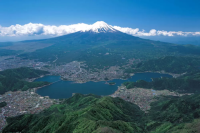

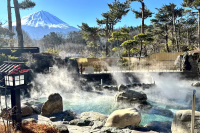
![[Yamanashi Prefecture] Accommodation facility “Fuji Midori Kyukamura” in Narusawa Village at the foot of Mt. Fuji](https://resources.matcha-jp.com/resize/200x2000/2023/08/14-143176.webp)















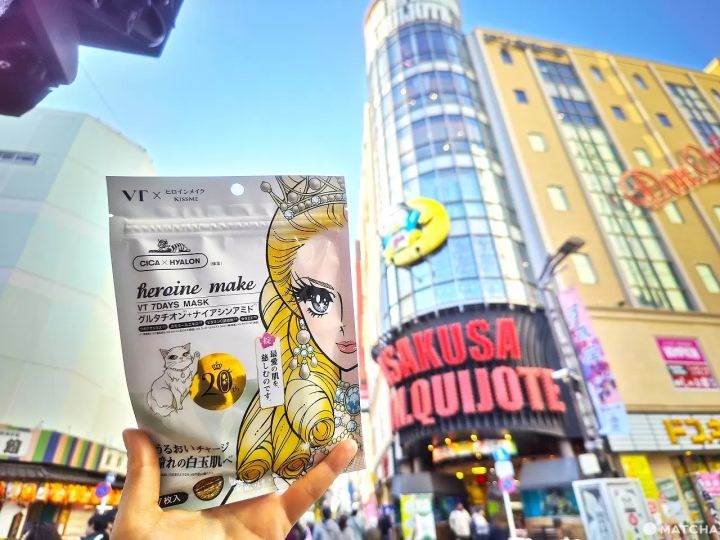

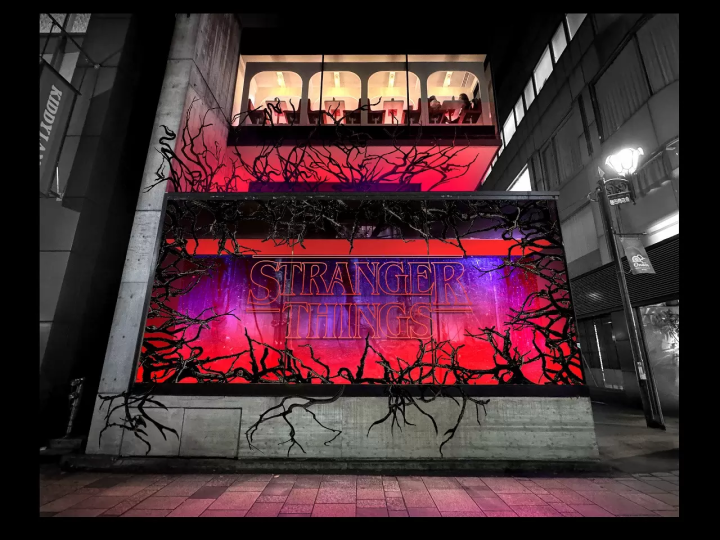
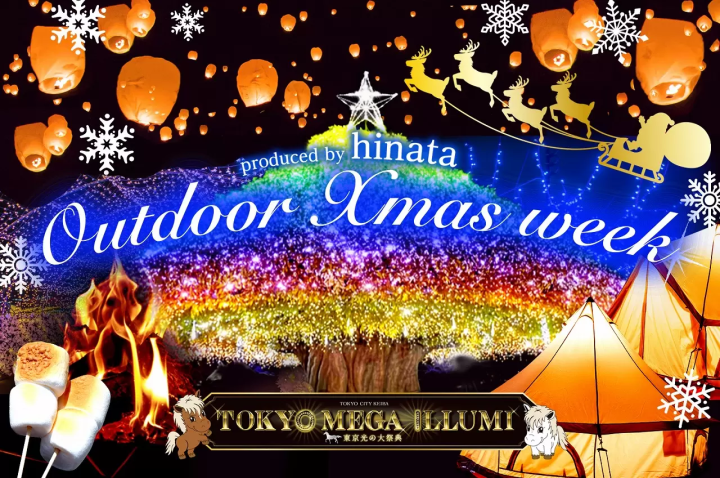
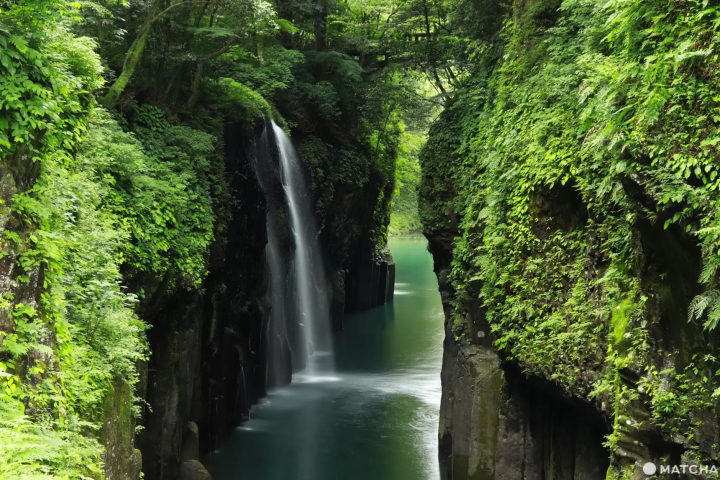




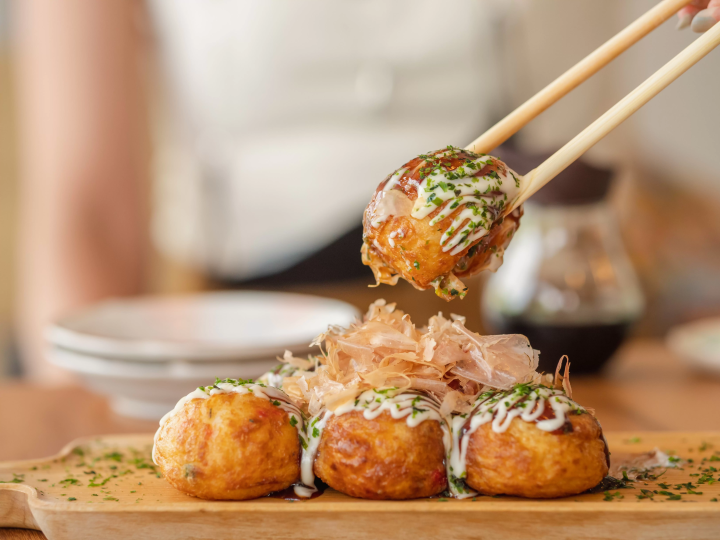
![[2026 Edition] FORMUAL 1 JAPANESE GRAND PRIX Information](https://resources.matcha-jp.com/resize/720x2000/2025/10/05-245984.webp)
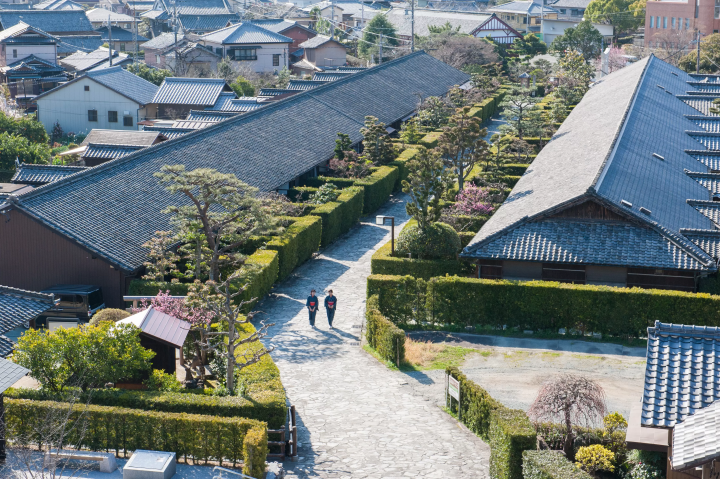
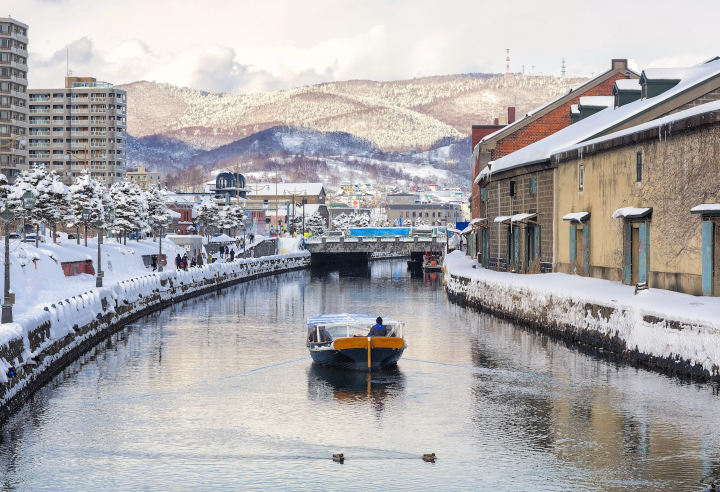
![[2025 Update] Namba's spectacular illuminations! "Namba Hikari Tabi" with approximately 1 million shining lights](https://resources.matcha-jp.com/resize/720x2000/2025/12/12-252825.webp)